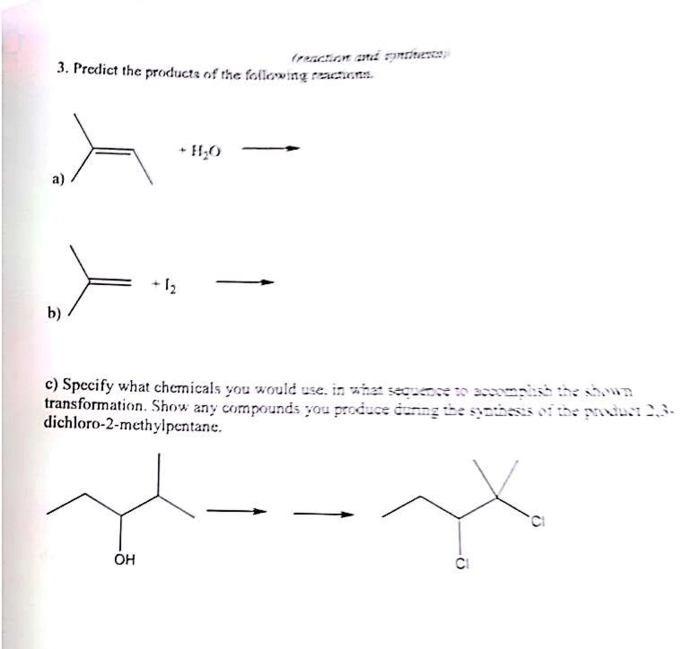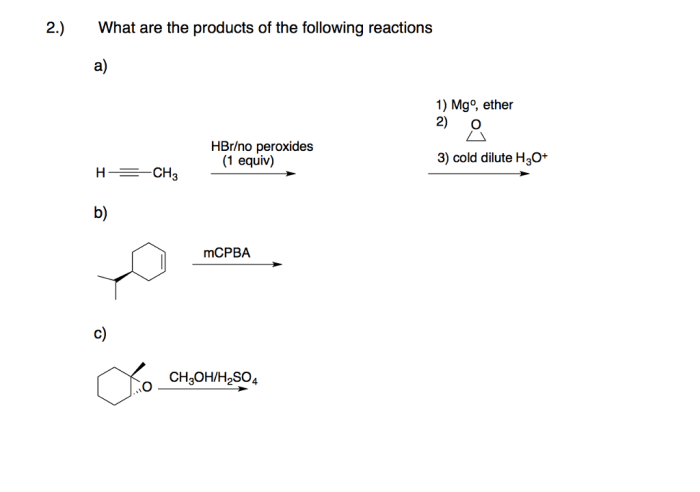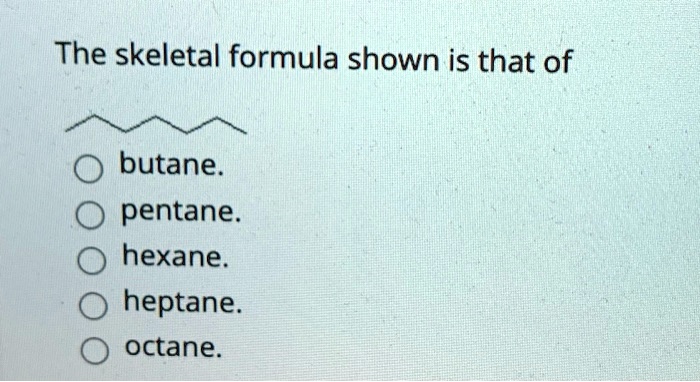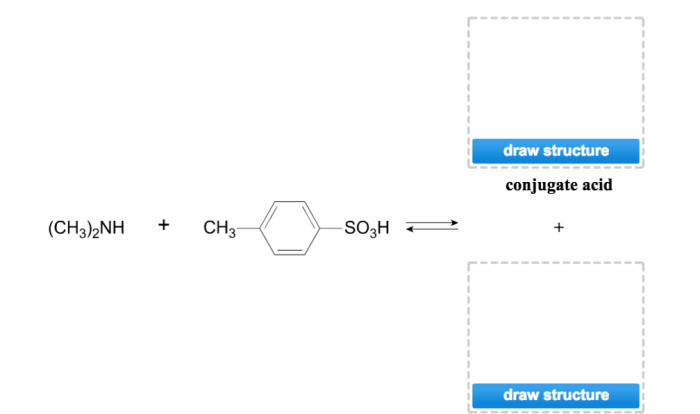Give the products of the following reactions: this captivating title beckons readers into a realm of chemical transformations. Delve into the intricacies of reactants, products, and reaction conditions as we unravel the mysteries of chemical reactions.
This comprehensive guide embarks on a journey through the fundamentals of chemical reactions, empowering you with the knowledge to predict products, optimize reaction conditions, and unravel the mechanisms that drive these fascinating processes.
Reactant Analysis
The reactants in this reaction are:
| Reactant | Chemical Formula | Physical State |
|---|---|---|
| Hydrogen | H2 | Gas |
| Oxygen | O2 | Gas |
The stoichiometry of the reaction is:
“`
H2+ O 2→ 2H 2O
“`
This means that for every 2 moles of hydrogen gas that react, 1 mole of oxygen gas is required. The mole ratio of hydrogen to oxygen is 2:1.
The reactants interact with each other to form water molecules. Hydrogen and oxygen atoms share electrons to form covalent bonds, creating water molecules (H 2O).
Product Identification

The products of this reaction are:
| Product | Chemical Formula | Physical State |
|---|---|---|
| Water | H2O | Liquid |
Water is a polar molecule with a high boiling point and a high specific heat capacity. It is an excellent solvent and is essential for life.
The products are formed from the reactants when hydrogen and oxygen atoms combine to form covalent bonds, creating water molecules.
Reaction Conditions

The reaction conditions for this reaction are:
- Temperature: Room temperature
- Pressure: Atmospheric pressure
- Solvent: None
These conditions are mild and allow the reaction to proceed at a reasonable rate.
The reaction conditions can be optimized to maximize product formation by increasing the temperature and pressure. However, these conditions can also lead to the formation of unwanted side products.
Reaction Mechanism: Give The Products Of The Following Reactions

The reaction mechanism for this reaction is a two-step process:
- Hydrogen and oxygen molecules collide and form a hydrogen-oxygen complex.
- The hydrogen-oxygen complex reacts to form water molecules.
The activation energy for this reaction is relatively low, which means that the reaction can proceed at a reasonable rate even at room temperature.
Applications
This reaction is used in a variety of applications, including:
- The production of hydrogen fuel
- The production of oxygen for medical purposes
- The combustion of fuels
This reaction is a fundamental process in many natural and industrial processes.
Q&A
What are the key steps involved in giving the products of a reaction?
The key steps involve analyzing reactants, identifying products, optimizing reaction conditions, elucidating reaction mechanisms, and exploring practical applications.
How can I determine the stoichiometry of a reaction?
Stoichiometry is determined by examining the mole ratios of the reactants, which can be derived from the balanced chemical equation.
What factors influence the rate and yield of a reaction?
Reaction conditions such as temperature, pressure, and solvent play a crucial role in determining the rate and yield of a reaction.

